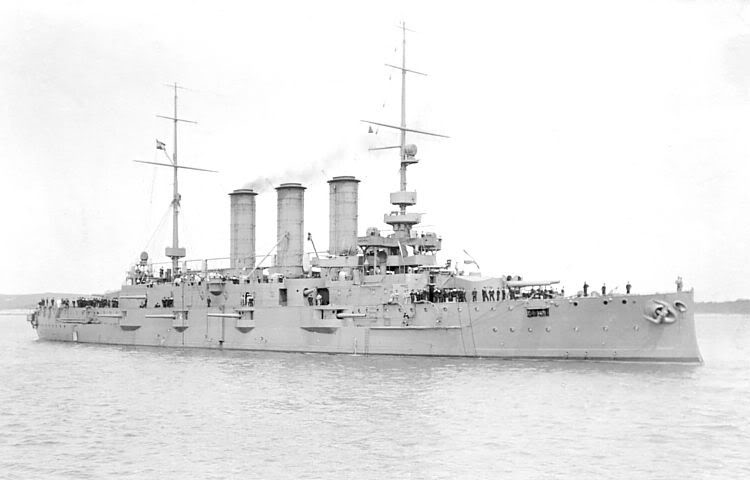HABSBURG MONARCHY
NAVAL ENSIGNS & FLAGS • 1700-1918






















